QUEST...
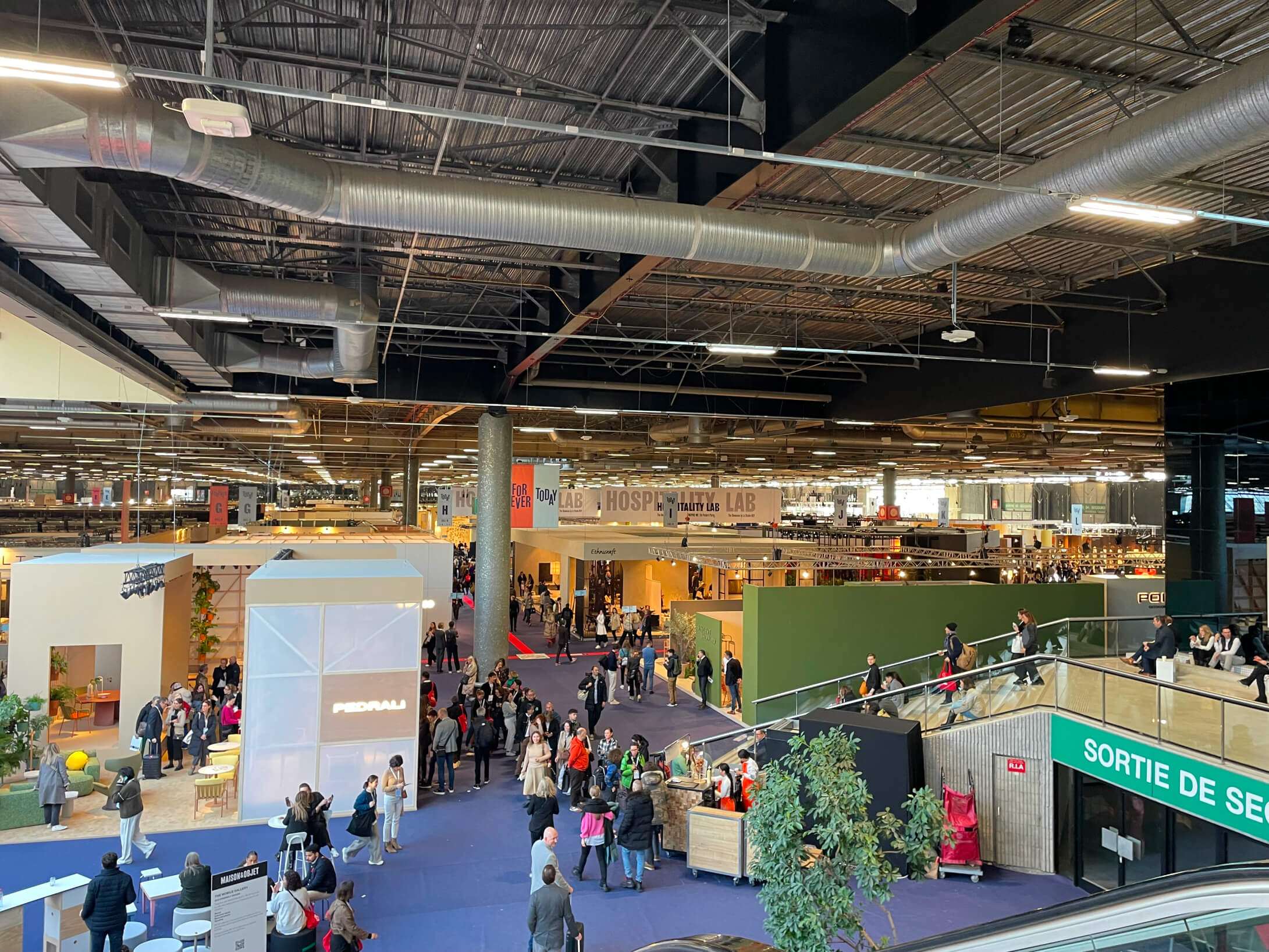
Maison & Objet fair celebrated its 30th anniversary in Paris between January 18 and 22 this year. Spreading over 8 halls with a total of 2512 exhibitors, 647 of which were first timers, the fair’s theme was “Tech Eden”. So, what is this “Tech Eden”? The time we spend on social media with smartphones, which have become a part of us now, is over 2 hours a day. With the theme of “Tech Eden”, the aim is to add some feelings to digitalization which we cannot deny, and I guess, to remain human instead of becoming robots.
Although acting in line with the rules of “ism”s for years, the design now wants to be more independent and to become distinct under the signature of the designer. Both design and art are now tired of being stereotyped.
 |
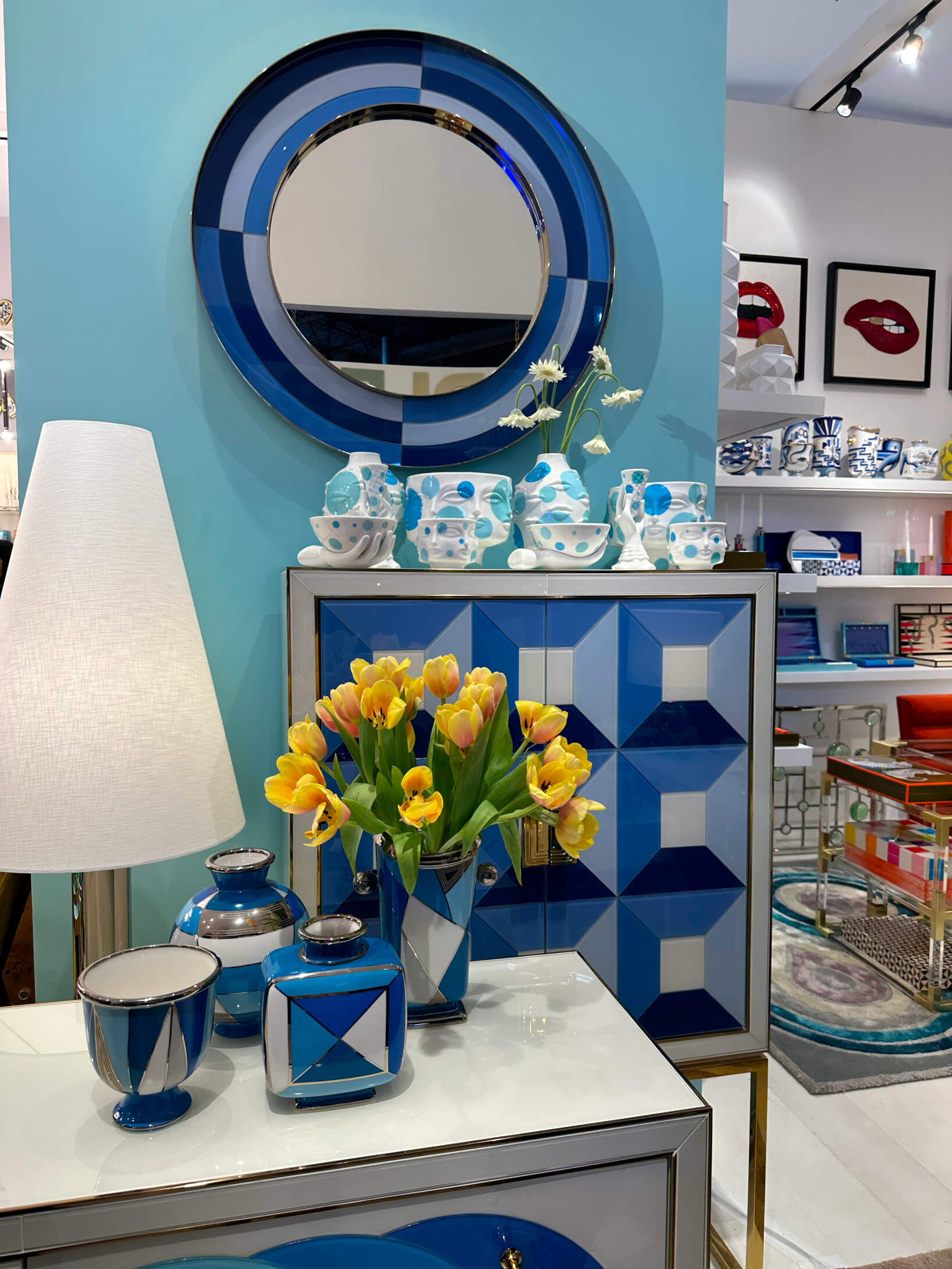 |
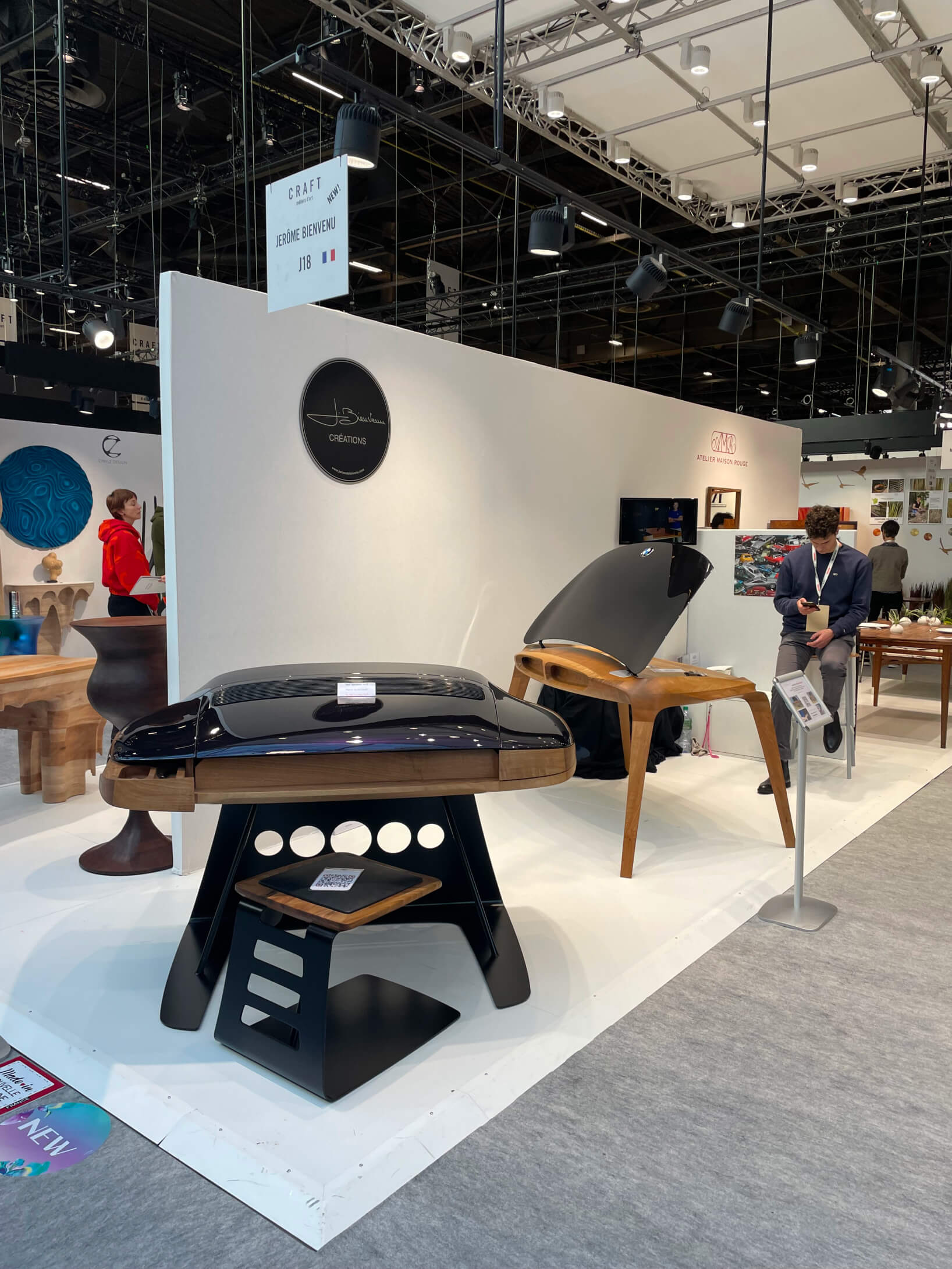 |
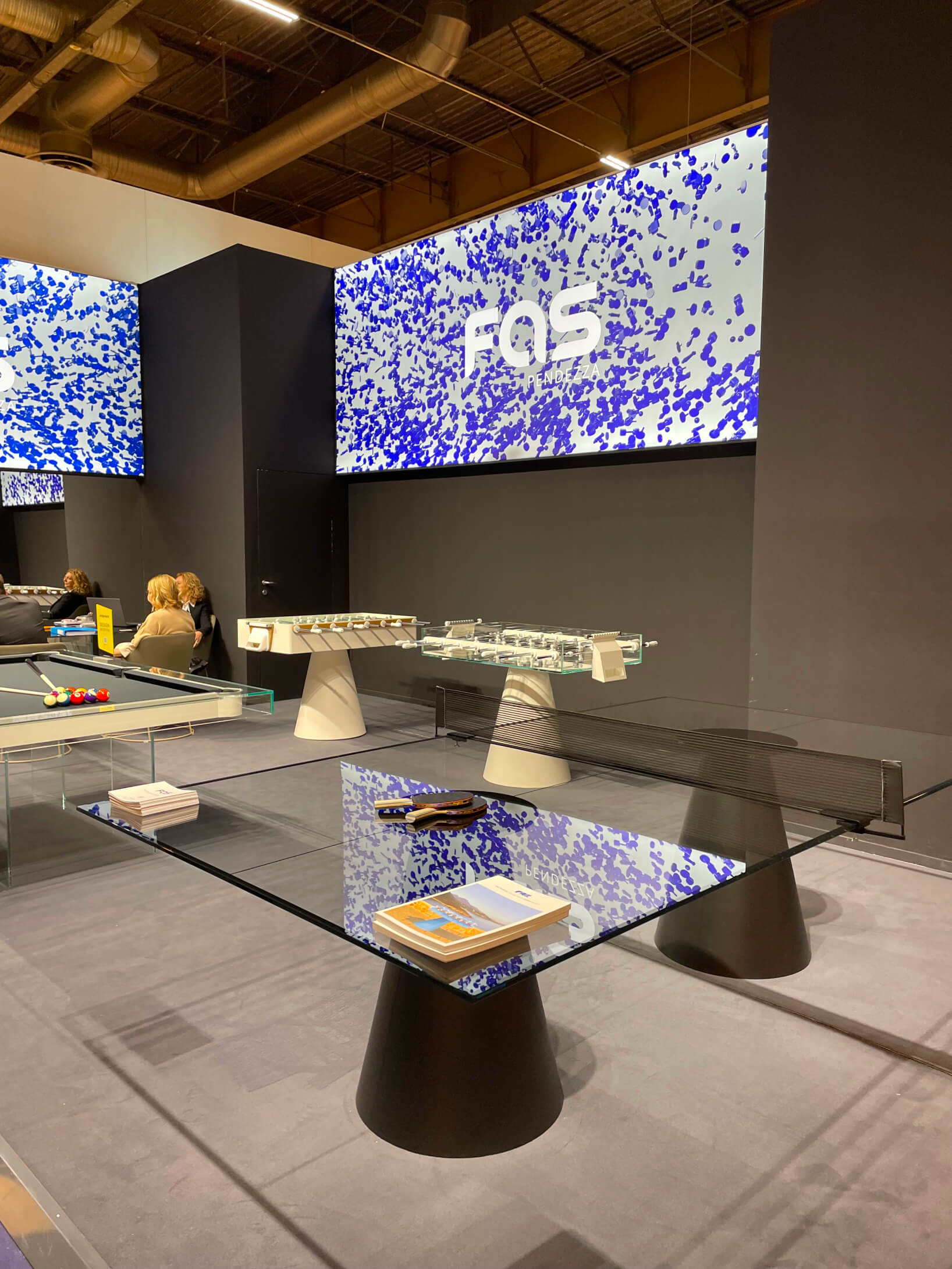 |
Maison & Objet Fair, 2024. Photos: Feza Ökten Koca
Visiting the halls under different titles at the fair, I sometimes saw products which were still the variations of one another (unfortunately, I call them repetitions, not designs), I also saw many surprising and innovative designs (products which were created by taking risks and which were much more concerned with existence than sales) in various booths. People showed great interest in the booths which were displaying the freely designed products, the materials, usage, colors, and geometries of which were inspired by nature. And this suggests that users and designers are tired of seeing similar products anymore and are looking for something different.
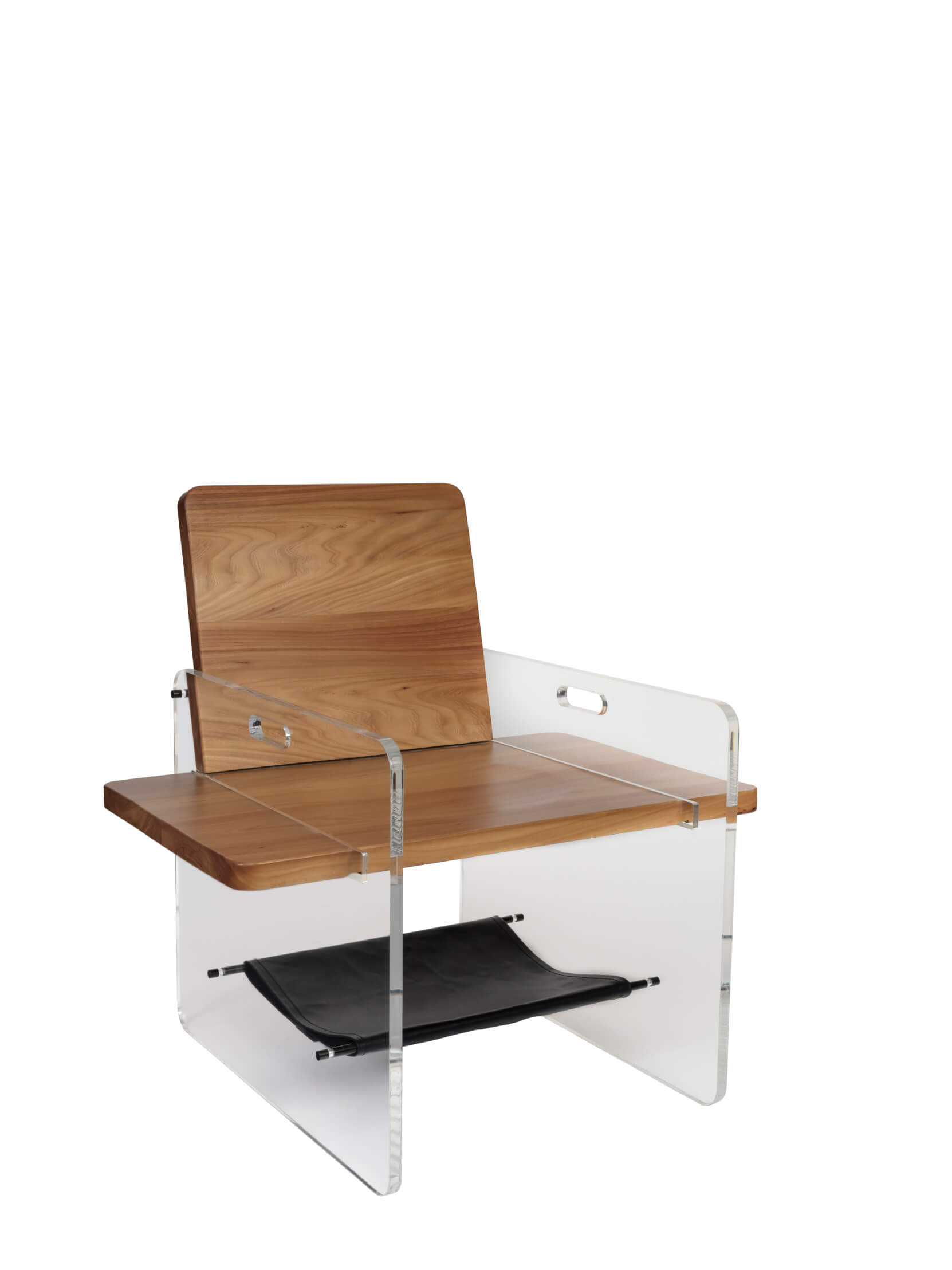 |
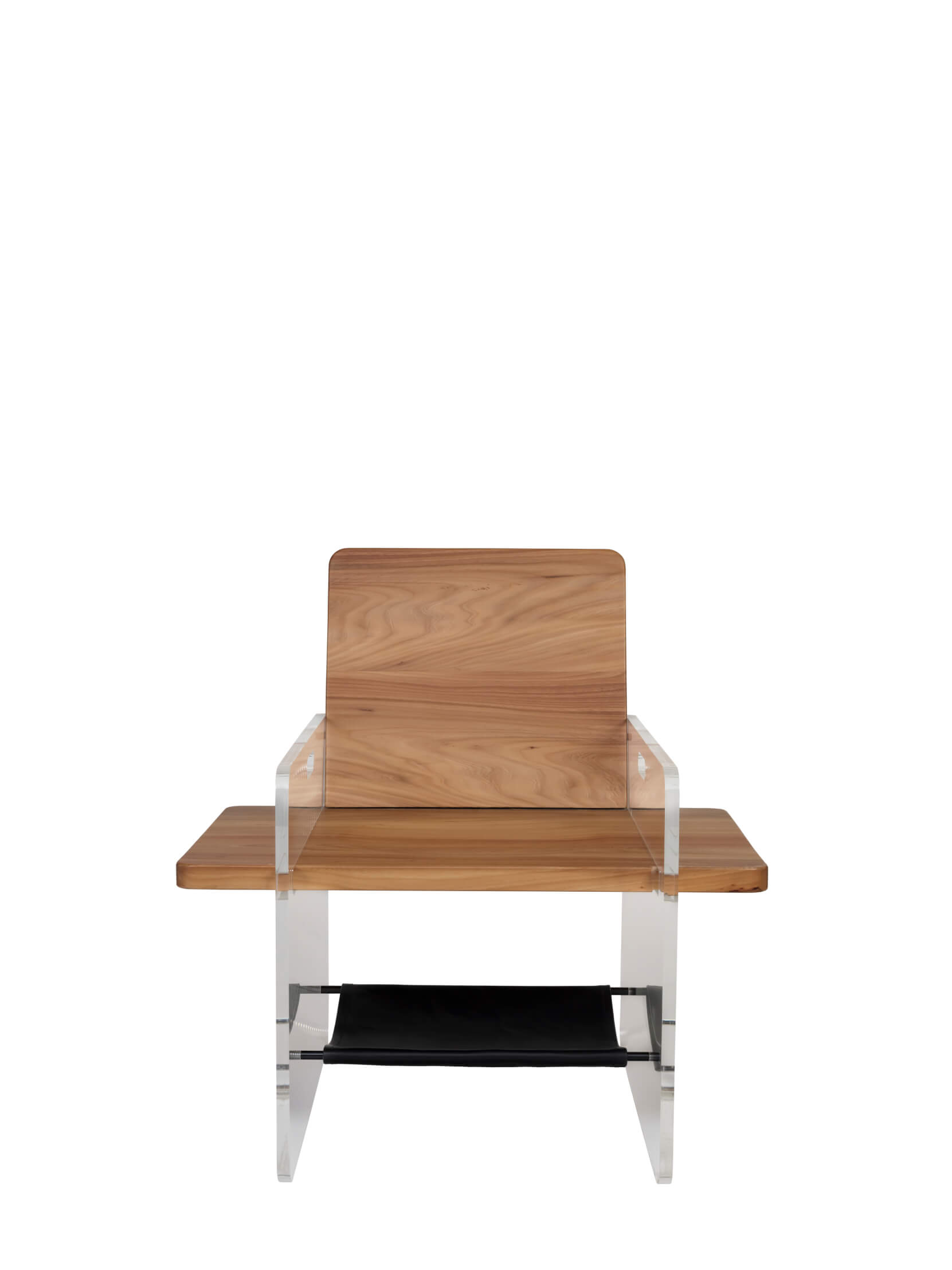 |
Fly Berjer, Feza DSGN
In recent years, our lifestyles have changed. Our home, office, vacation, meditation, and sports areas are not black-and-white anymore. Instead of the living room suite concept of “one three-seater, one two-seater, and two single-seater sofas” which we abandoned a long time ago, there is no longer a concept of living room, let alone seating unit, in our lives. We all want to have personalized spaces.
Especially the generation “Z” has reached the age of use of personal space, and they no longer want to be a part of the flock. There used to be “us”, but there is “me” now. Being able to reach anywhere in the world, get information, and communicate through a small device on hand, the user now attaches more importance to design and wants to be a part of it as well. There are no longer standards, but experimentations. Walking among the booths exhibiting a wide palette of designs ranging from domestic furniture to kitchen accessories at the fair, I saw that the products of designers who analyzed the new user profile very well stood out.
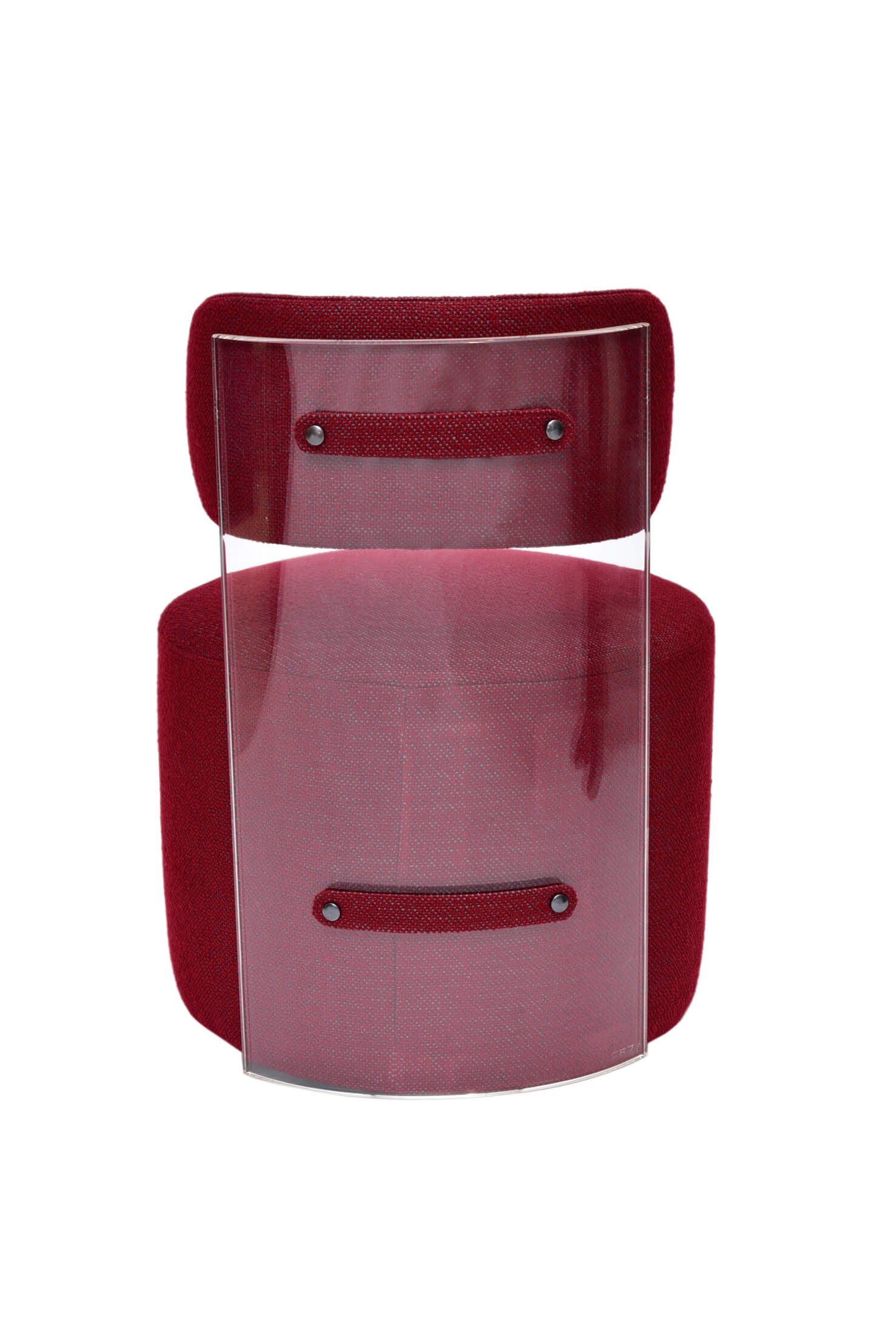 |
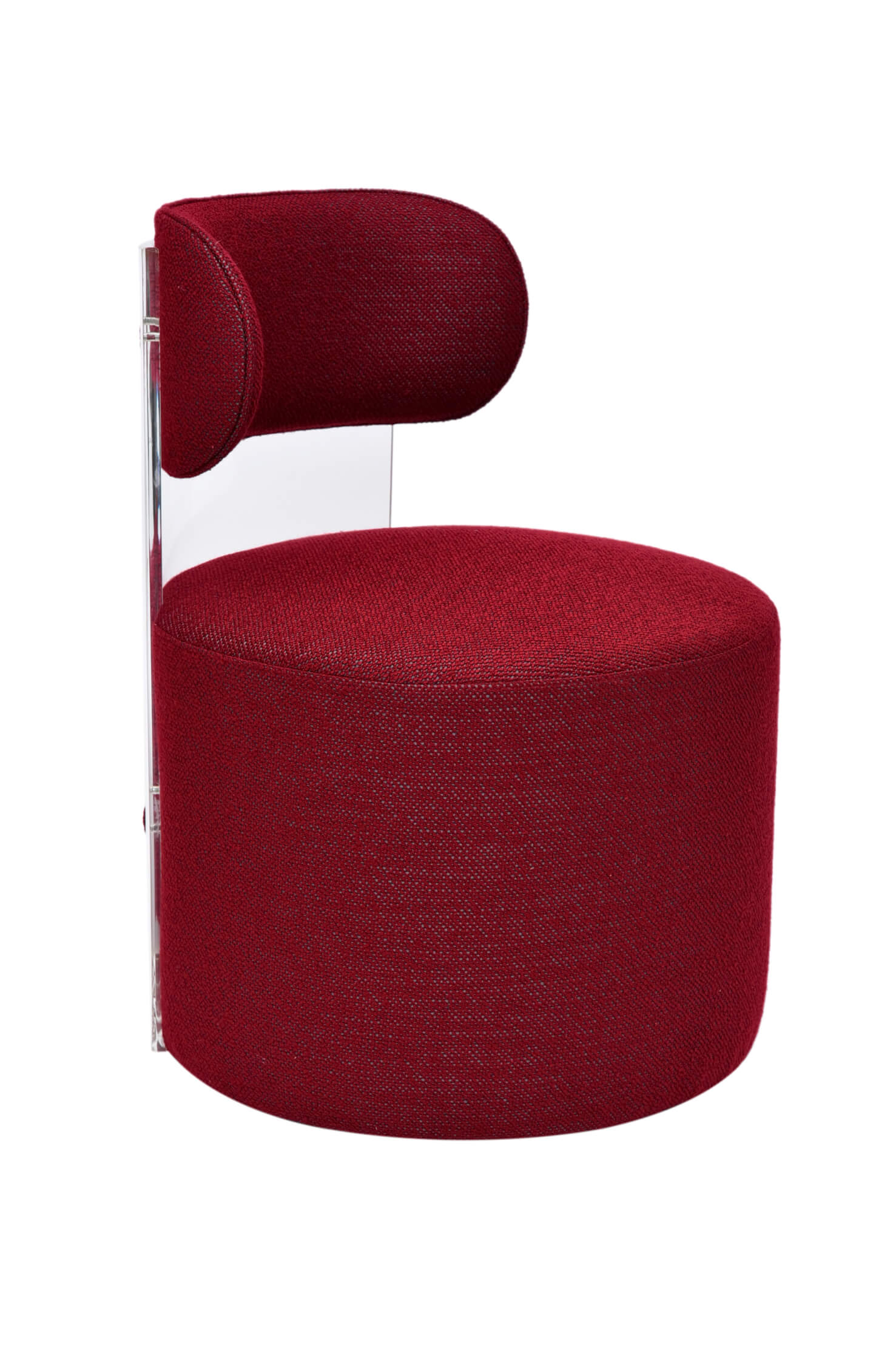 |
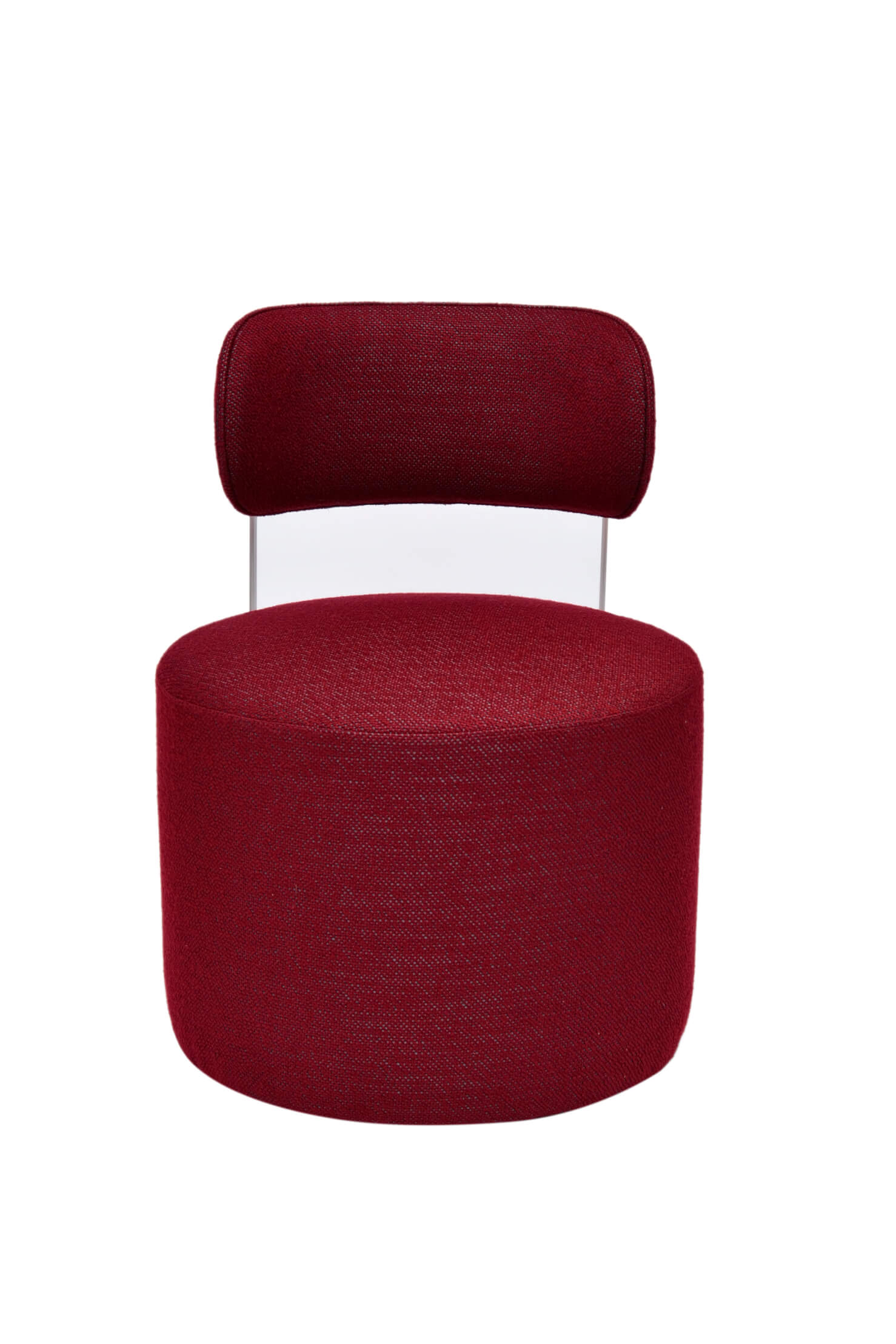 |
 |
CEF, Feza DSGN
The designs with notable hand craftsmanship established a distinct bond between the product and the user. Here, the designer’s dream meets the user thanks to craft, and this question pops up: is the designer or the craftsman more important? I think the works conducted with a correct interdisciplinary synergy are invaluable. The user feels much more valued with the end product; here, the user wants to own the product not only for use, but also as a collection. We can see the hand craftsmanship not only in artisan objects and accessories, but also in furniture.
It is observed that especially outdoor furniture is vastly available at the fair. The variety of designs and products is quite wide. The designs that provide comfortable and enjoyable time both indoors and outdoors stand out. The forms and textures inspired by nature make an indelible impression. Especially with the colors used, we endeavor to be as natural as possible and try to approach the nature itself.
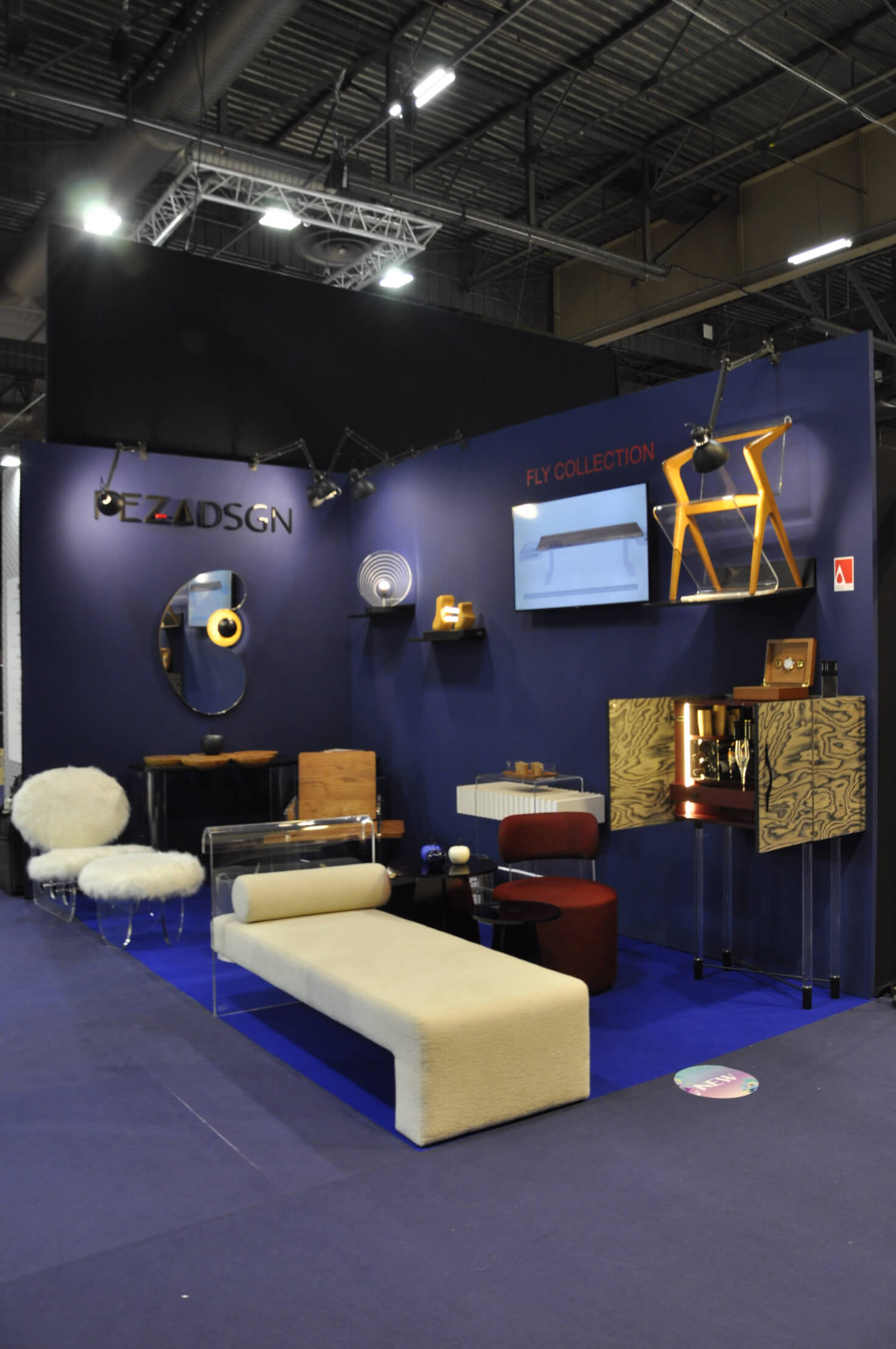 |
 |
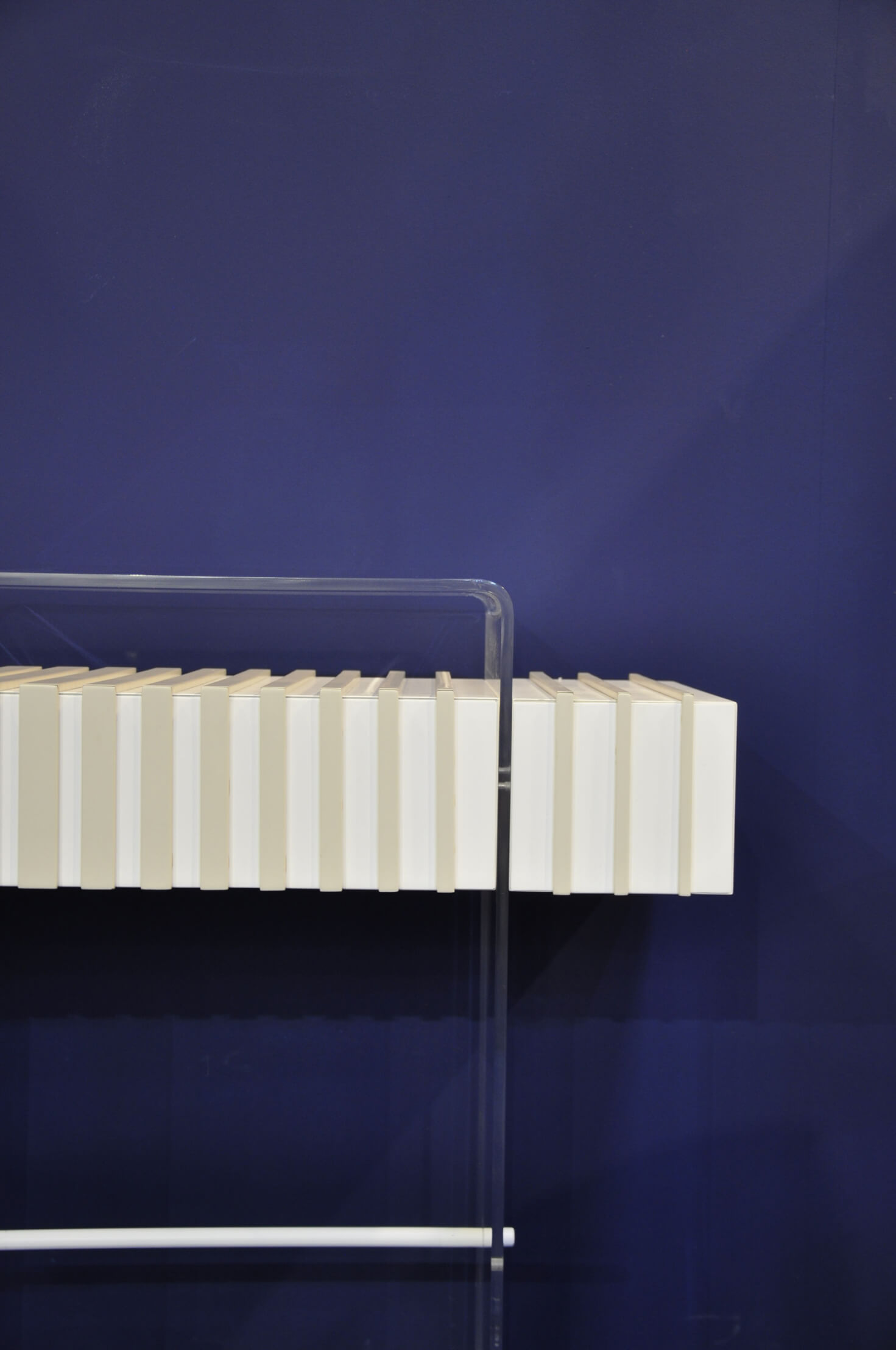 |
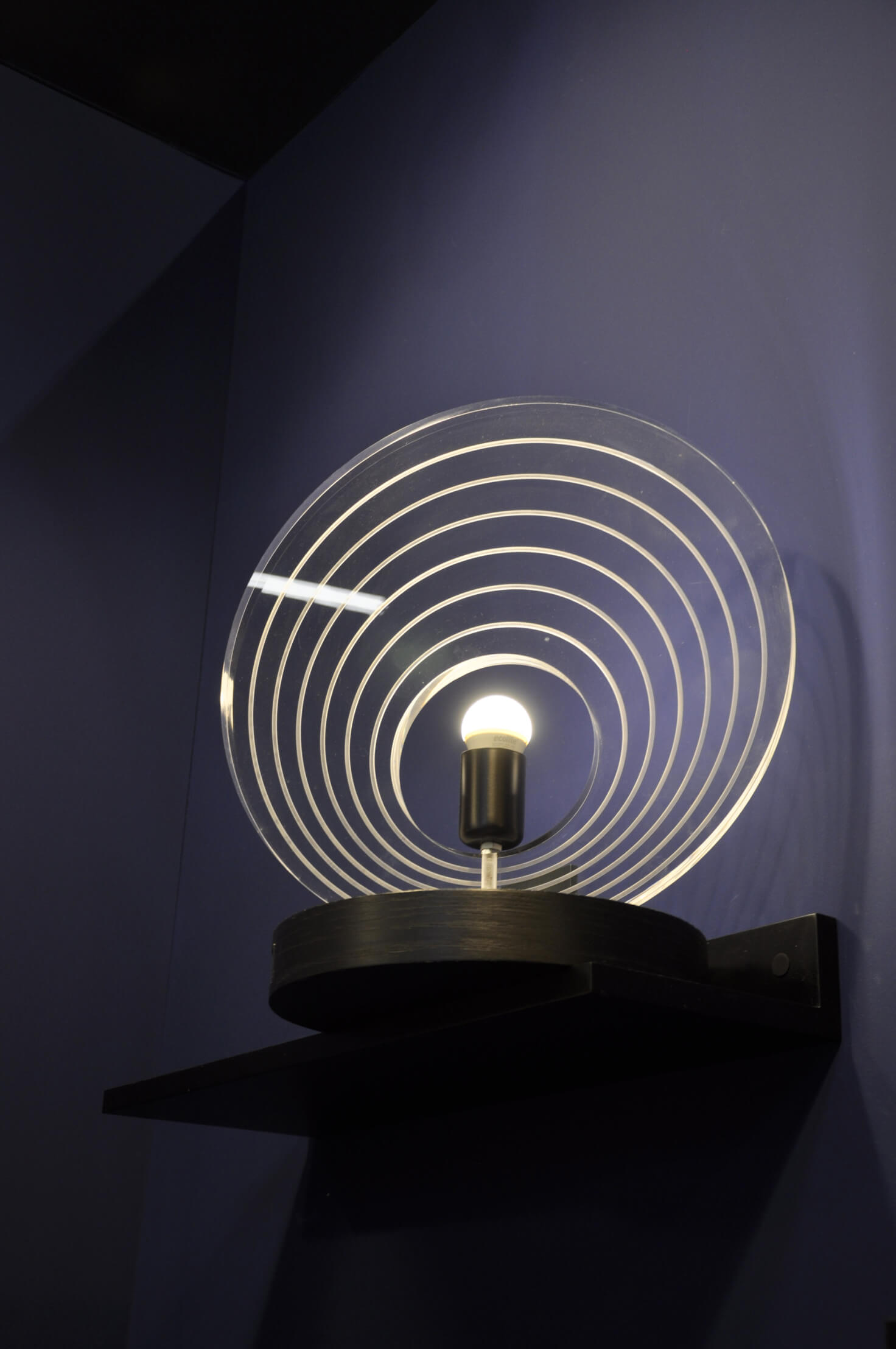 |
Maison & Objet Fair, 2024. Photos: Feza Ökten Koca
In the booths with a sense of maximalist design that denies simplicity, it is observed that many different patterns and colors are used together. There were lots of spaces with walls, furniture, and accessories created with completely irregular patterns which were combined with the current emotions of the designer.
In addition to the maximalism observed in lots of booths, the space designs where simplicity, which we call silent luxury, came together with exclusive details and artworks were quite abundant at the fair.
The section designed by Mathieu Lehanneur, the designer of the year, had indoor and outdoor areas. In his fully yellow-colored installation “Outonomy”, the designer focused on “well-being” spaces developed through the balance of nature and technology. His artwork gives a message that we can manage to live a balanced and happy life by technologically advancing while going back to nature at the same time (preserving nature, utilizing nature, and sparing time to nature).
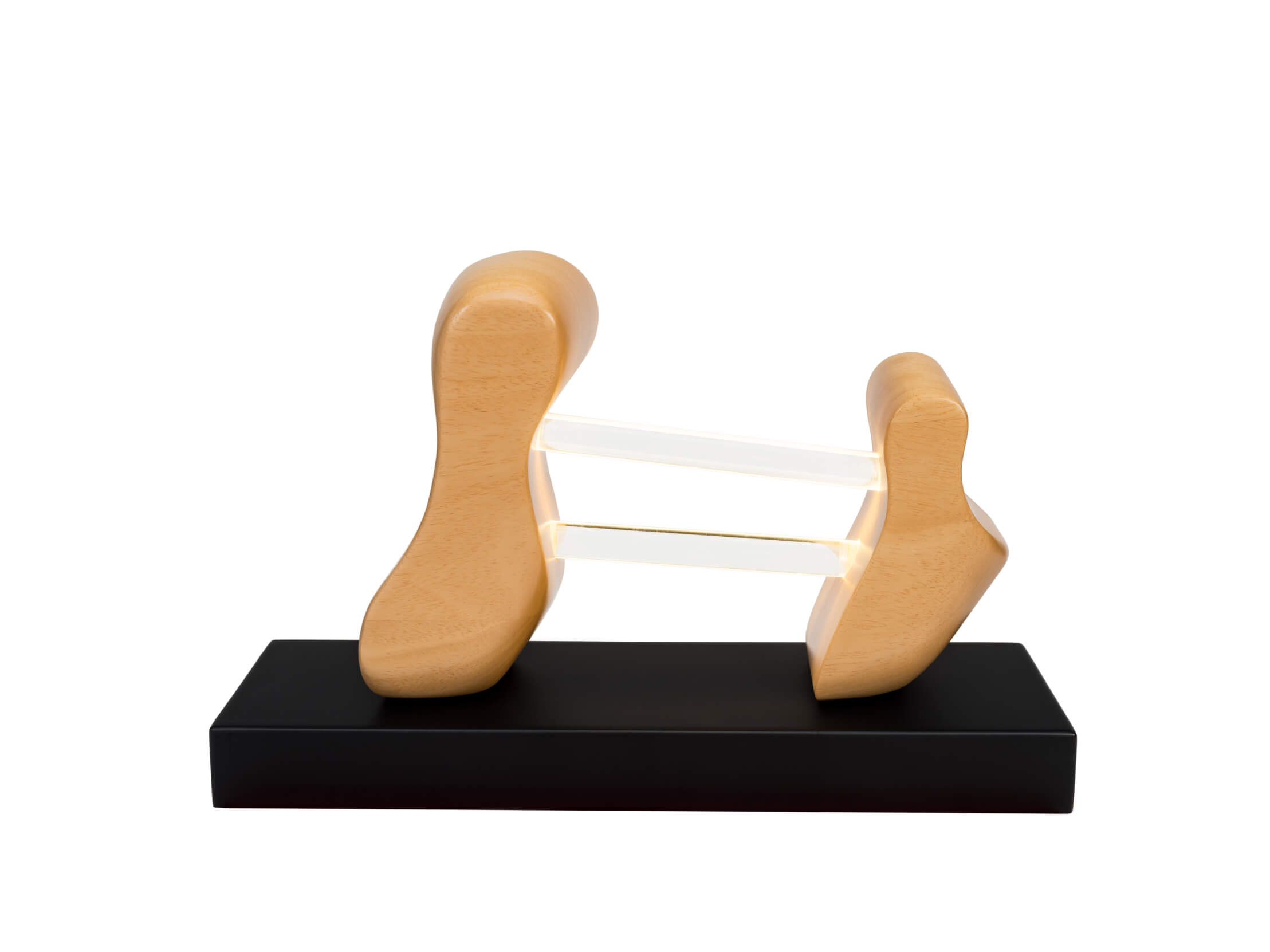 |
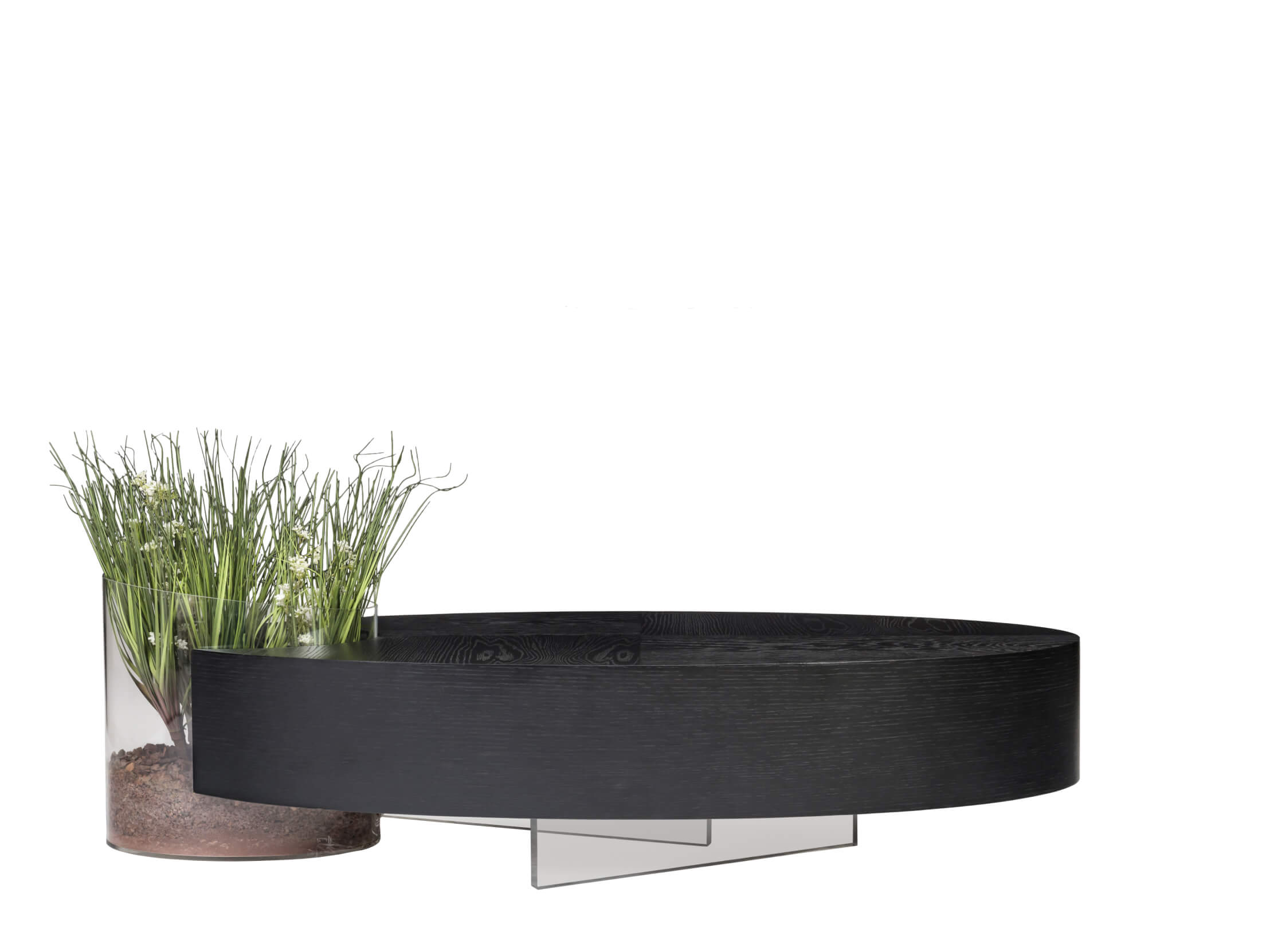 |
Line and Bite, Feza DSGN
At the fair, the questions “where does the design end, where does the art begin, who is the designer, who is the artist?” cannot be fully answered. Design has to fulfil a need and have a function. There were such designs that obviously had a function, which is debatable for how much they will be needed, and that had too much artisanship quality, therefore, they are worth collecting rather than using. So, there are also processes that begin as a design and end as an artwork. They may be called “collectible artisan design”.
There were also booths that pushed the limits of materials and that displayed surprising forms, colors, and textures. For years, we have usually seen shows at fairs where solid wood is used and that push the limits of wooden materials. This year, we also witnessed the use of glass, natural stone, acrylic, ceramic, leather, plexy, and concrete materials in various forms and functions.
 |
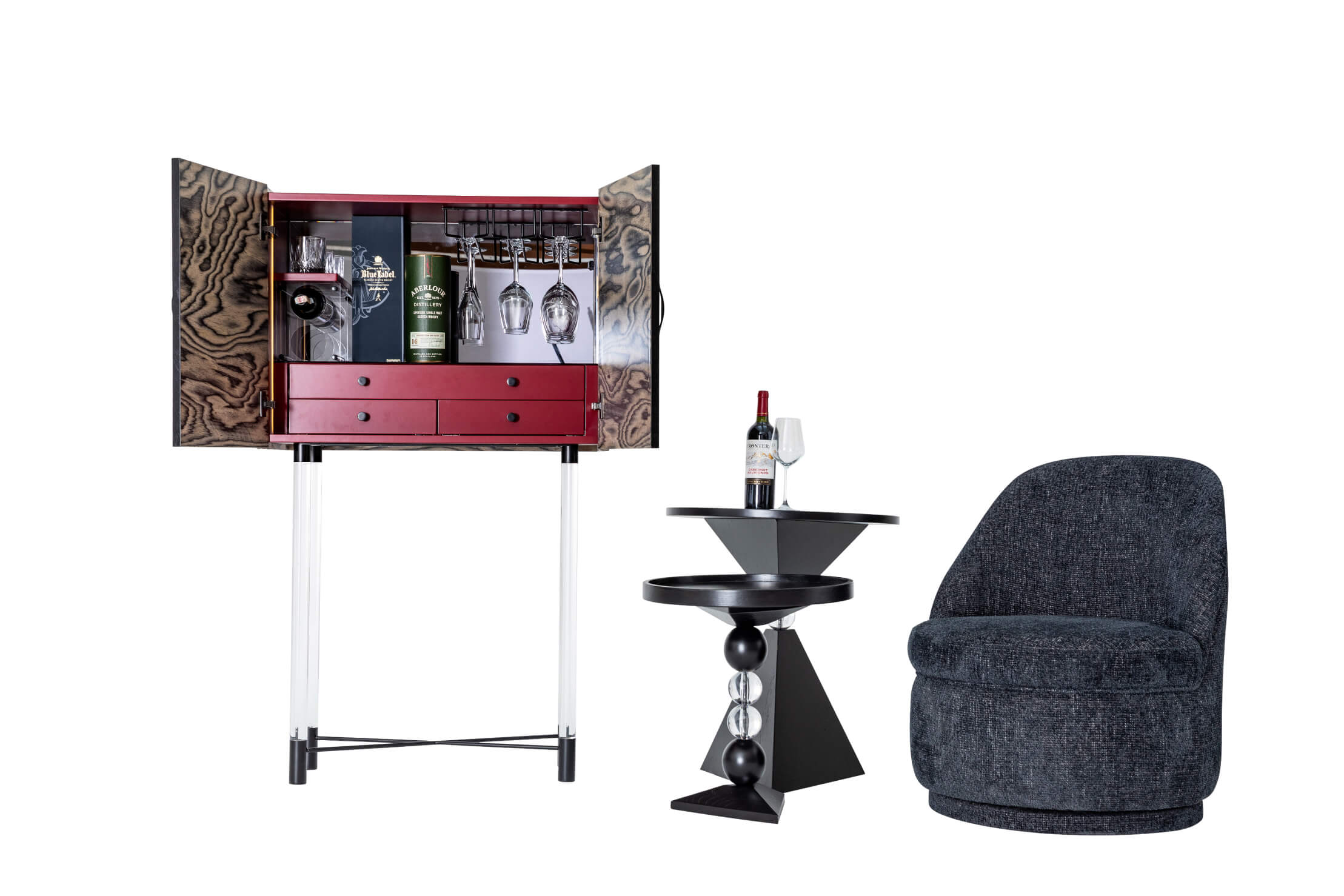 |
Femme, Feza DSGN
The booths that attracted the most attention were the designs created by the designer’s own story and signature. Most of the visitors were architects and designers as well as hotel investors and furniture & product merchants. All of them had something in common, which is to be on a “QUEST”. These visitors could find what they were looking for in the booths of the inspiring designers, who are also on a “QUEST” (and therefore, who can create unique designs).

